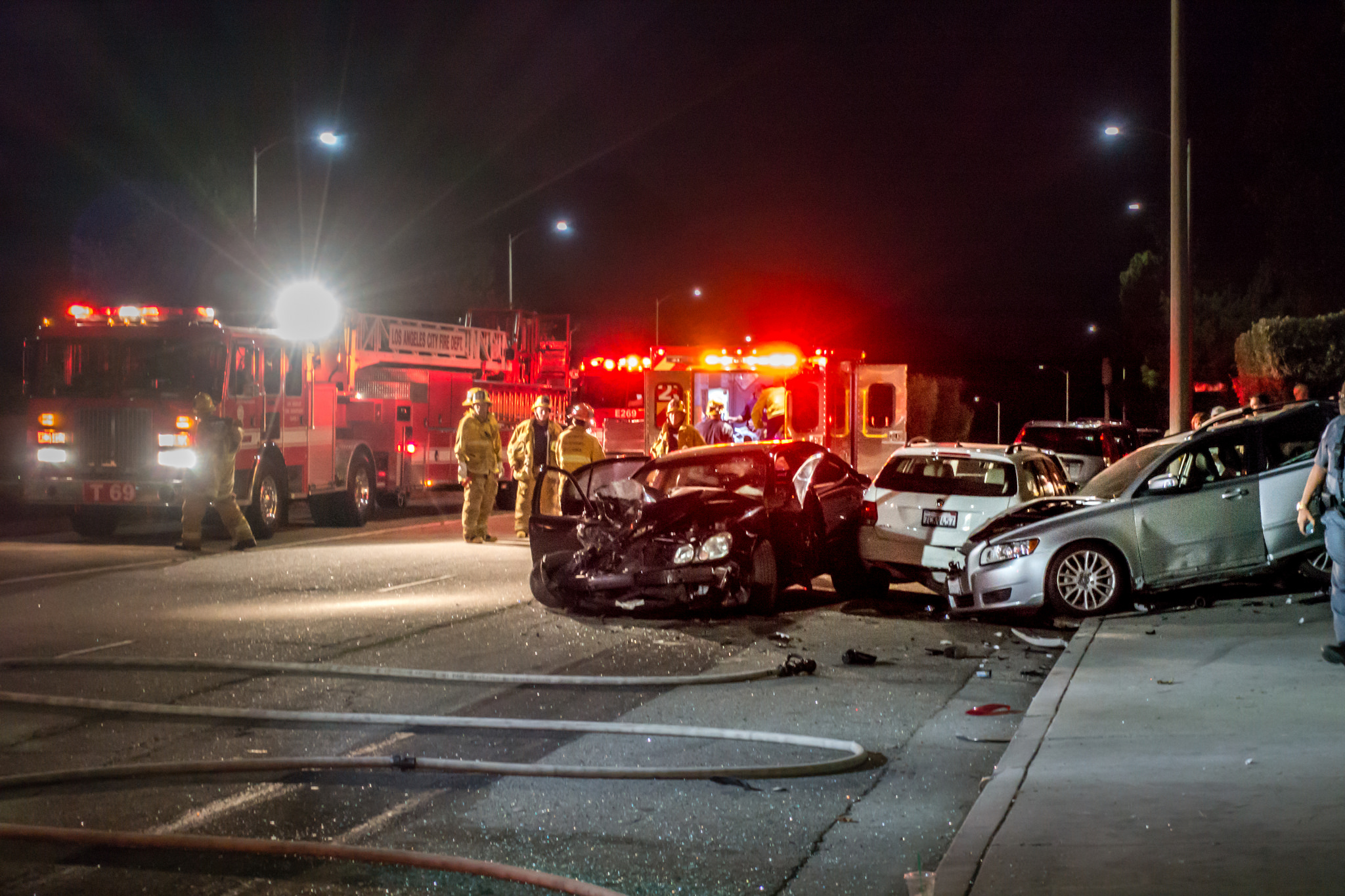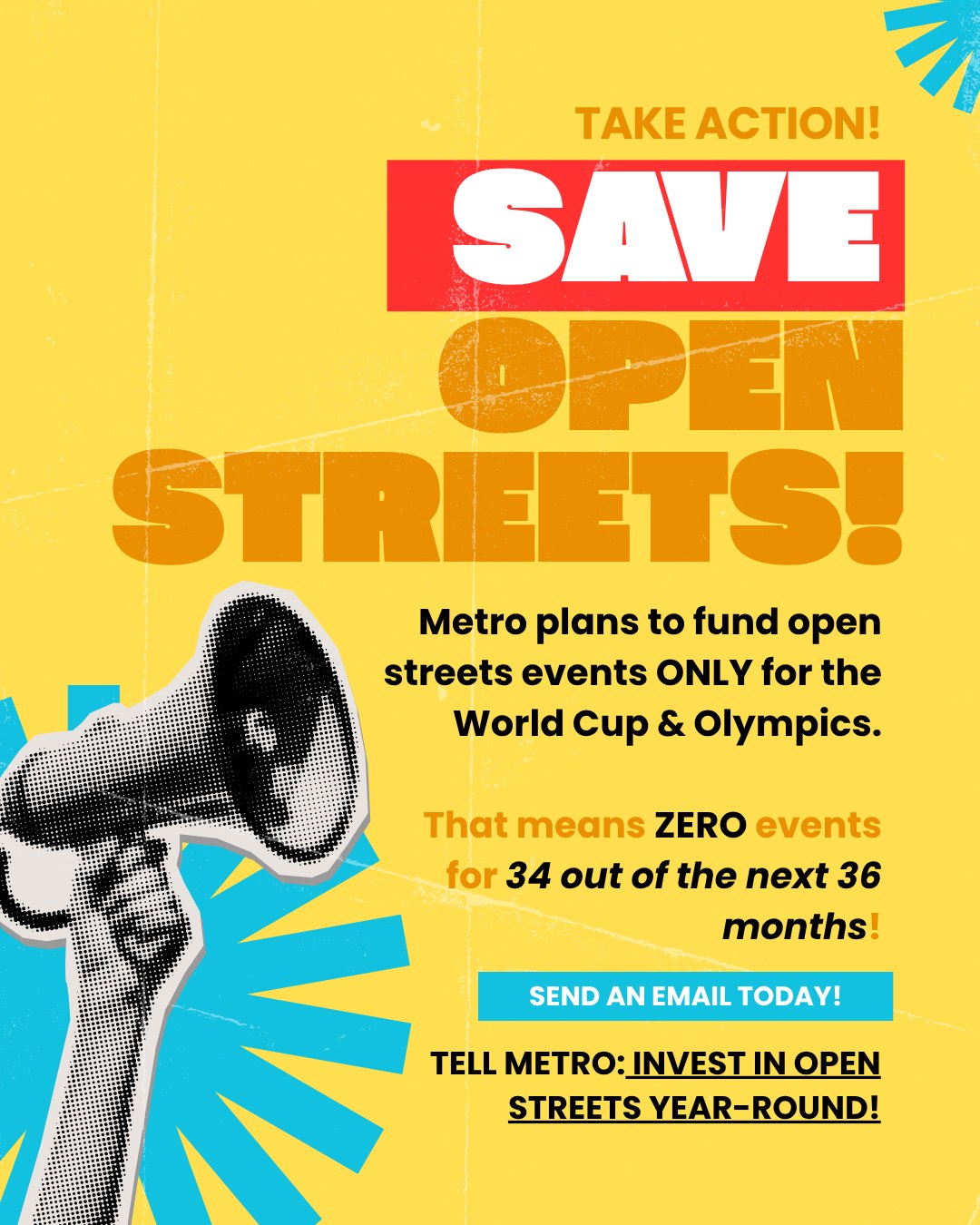
For years, safety advocates have criticized state speed limit law that makes California and Los Angeles streets increasingly more deadly. Lately, local and state efforts are seeing some momentum in the long campaign to reduce speeding.
Streetsblog readers may already know that driver speed is one of the biggest factors in how car crashes kill and injure people. The faster the speed, the more deadly the crash impact - for pedestrians, for cyclists, and for people in cars - including the speeding driver themself.
SBLA readers are probably also aware of the arcane 85th percentile state law that basically rewards drivers for speeding. The L.A. Times called the law "absurd." If enough scofflaw drivers speed on a given street, then the city is forced to raise the speed limit there.
The same California law mandates that, for police to use standard speed enforcement (commonly called radar speed guns - though generally using lidar in Los Angeles), cities must go through a cumbersome process of doing speed surveys every five to seven years. If cities allow speed surveys to go stale, then police generally cannot enforce speed limits.
For the past few years, the city of Los Angeles has been working to curb speeding within the limitations of the current absurd system.
In 2016, 75 percent of L.A. streets had expired speed surveys, which caused LAPD speeding tickets to drop off dramatically. Per LAPD testimony, the department issued 99,000 speeding tickets in 2010. In 2015, that number had dropped to 16,000. In 2017, LADOT stepped up work to complete speed surveys and to modify (mostly increase) speed limits so LAPD could issue speeding tickets. At that time LADOT brought the total number of enforceable streets from 19 percent in early 2016 to 53 percent in late 2017, emphasizing the Vision Zero High Injury Network (HIN.)
Last week, in an email to Streetsblog, LADOT spokesperson Colin Sweeney confirmed that all L.A. streets now have enforceable speed limits:
LADOT has updated all expired speed zone surveys. There are now a total 1,262 miles of radar-enforceable streets which includes 100 percent of the HIN. There are thousands of miles of additional collector and residential streets which do not have a posted speed limit. In these cases, limits are still enforceable by the prima facie rule as determined by Article 22352 in the CA Vehicle Code. Going forward, LADOT is proactively renewing speed zone surveys across the city over a five-year cycle to both level out the workload and prevent surveys expiring in the future.
Streetsblog made an inquiry to LAPD to see how enforcement is currently working. SBLA are still waiting to hear the number of speeding tickets issued citywide in recent years; this story will be updated when that data is available. Updated: According to LAPD data, from 2016-2019 speeding citation have been increasing, though still remain at about half of 2010 levels. In 2016, LAPD issued 16,921 speeding tickets. 2017 saw 22,799. In 2018 there were 24,644, and in 2019 40,097.
Streetsblog spoke with LAPD Captain Andy Neiman, Commanding Officer, Valley Traffic Division. Neiman reports that, in the San Fernando Valley, LAPD speeding enforcement has increased a great deal in recent years; he estimated anecdotally that he has seen speeding tickets up roughly "150 percent compared to 2017." He did state that nonetheless, speeding remains a serious issue on the "long straight wide... major thoroughfares... all over the Valley."
Fortunately speed limit reform efforts are not limited to the local level. Recent developments indicate needed reforms are moving forward at the state level.
As a result of legislation by State Assemblymember Laura Friedman, the state formed a Zero Fatalities Task Force. It initially appeared that speed limit reforms might be subject to death by committee. Last week the task force delivered its recommendations report, and they do call for major speed limit law improvements. The report cites many problems with the current 85th percentile rule, including "speed creep," in which speed limits go up over time as limits are raised, people drive faster, and then limits are raised again.
Find lots of detail on the report's statewide implications at Streetsblog California and southern California implications at LAist. From LAist:
"It [current California speed limit law] would be like increasing a person's daily recommended calories because their neighbors overeat," [LADOT General Manager Seleta] Reynolds said in a statement to LAist. "Cities like Los Angeles need the flexibility to set speed limits that fit. We were grateful for the opportunity to participate in this groundbreaking work and look forward to championing these recommendations that, if implemented, will save lives."
L.A. City Councilman Mike Bonin said he was grateful for the report, which "properly diagnosed the problem," but hoped it had included stronger recommendations moving forward. Bonin has long been critical of the 85th percentile rule, calling it "absurd" and "one of the stupidest pieces of legislation" he's dealt with.
"Not only is it a stupid law, it's also a dangerous law because we know that the faster people are going, the more likely someone who gets hit by a car is going to die," he said. "It actually has deadly consequences."
Bonin, who chairs the council's transportation committee, said he'd like to see a speed limit system based on street type that also accounts for vulnerability and risk to all road users, rather than the current method that relies solely on how drivers behave.
This week, Friedman introduced A.B. 2121 which would make small steps toward reforming state speed limit law. A.B. 2121 would:
- extend the period of time between required traffic speed surveys, under certain conditions. Currently this is five to seven years; A.B. 2121 would make it ten years.
- create a statewide traffic safety monitoring program focusing on pedestrian and bicycle crashes
- convene a committee of external design experts to advise Caltrans on revisions to the Highway Design Manual
It is not the death of the 85th percentile rule, but given Friedman's tenacious success at wringing important results out of mundane task forces, it could be a few important steps toward much needed speed limit reform.
(Updated 2/28/2020 with LAPD speed ticketing data)







